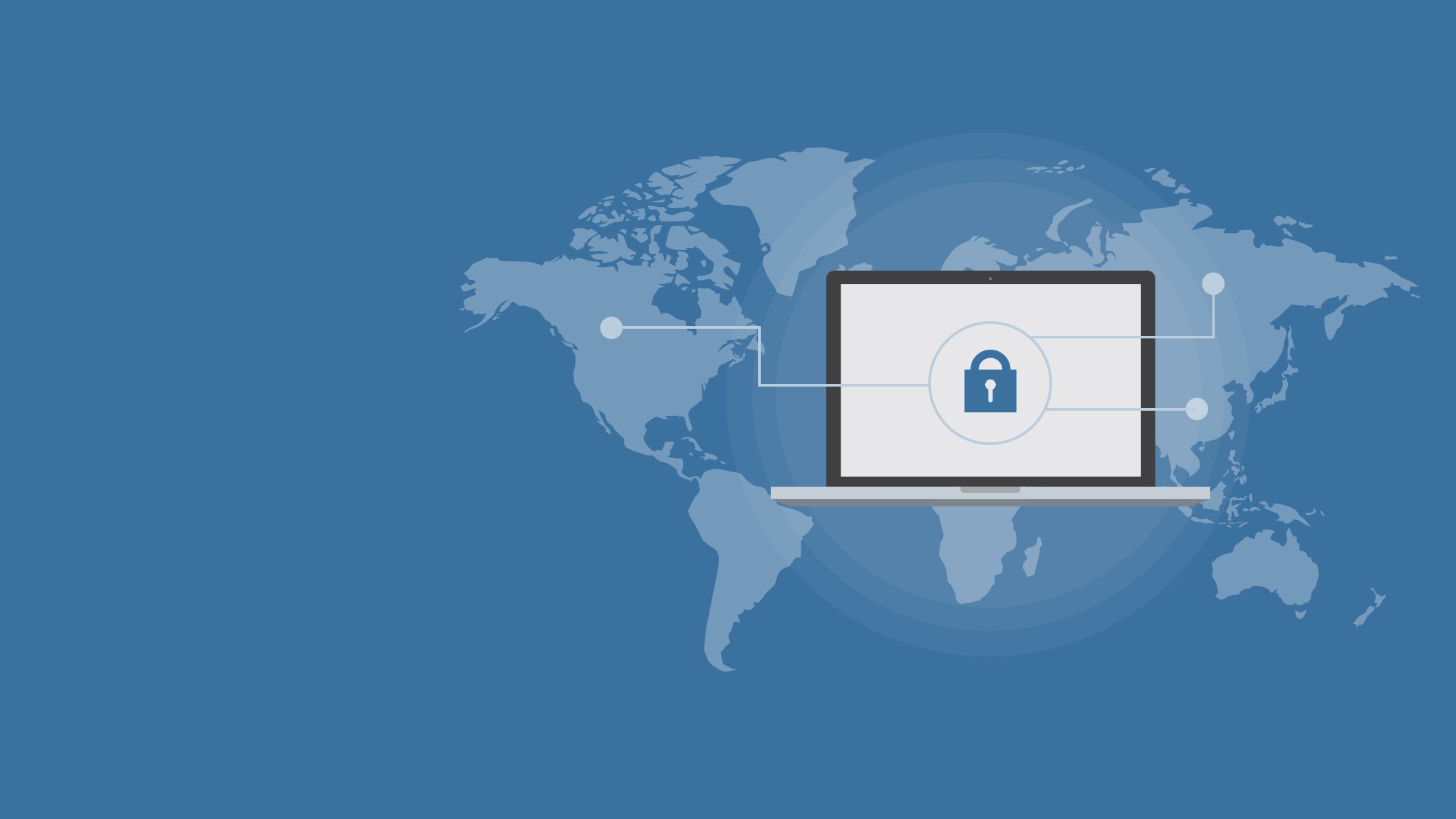Different Types of Cybersecurity and Threats Involved
Fri, 02 Dec 2022

Follow the stories of academics and their research expeditions

There are many different types of cybersecurity and the threats involved vary depending on the type of security being used. The most common type of cybersecurity is antivirus software, which is designed to protect your computer from malware. Malware is a type of software that can damage your computer or steal your personal information. Another common type of cybersecurity is firewalls, which are designed to prevent unauthorized access to your computer. Firewalls can be either hardware-based or software-based.
Another type of cybersecurity is intrusion detection, which is designed to detect and respond to attempts to access your computer without authorization. Intrusion detection systems can be either host-based or network-based. Host-based intrusion detection systems are installed on individual computers, while network-based intrusion detection systems are installed on networks.
A final type of cybersecurity is encryption, which is used to protect data from being accessed by unauthorized individuals. Encryption can be used to protect both data in transit and data at rest. Data in transit includes data that is being sent from one location to another, such as over the internet. Data at rest includes data that is stored on a computer or other device, such as on a hard drive or flash drive.
Different types of cybersecurity threats include viruses, worms, Trojan horses, ransomware, spyware, adware, and phishing. Each type of threat has different characteristics and can cause different kinds of damage.
Viruses are programs that replicate themselves and spread from one computer to another. They can attach themselves to email messages or files that are shared over a network. Worms are similar to viruses, but they don't require a host file or program to spread. They can stand alone and propagate themselves by copying themselves from one machine to another over a network.
Trojan horses are programs that appear to be benign but actually contain malicious code. They can trick users into downloading them by masquerading as something else, such as a game or a utility program. Once installed on a system, they can allow attackers to gain control of the machine or access sensitive data.
Ransomware is a type of malware that encrypts files on an infected system and demands payment for the decryption key. This can prevent victims from accessing their own data unless they pay the ransom. Spyware is software that gathers information about a user without their knowledge or consent. It can track their online activity and collect sensitive personal data. Adware is software that displays advertisements, often in the form of pop-ups, on an infected system. It can be difficult to remove and can slow down your computer's performance.
Phishing is a type of social engineering attack in which attackers try to
There are many types of cybersecurity threats out there, and each one is unique. Here are some of the most common threats involved in cybersecurity:
1. Malware: This is a type of software that is designed to damage or disable computers. It can spread through email attachments, websites, and even USB drives.
2. Phishing: This is a type of online scam where criminals try to trick you into giving them personal information or financial details. They may do this by pretending to be from a trusted organization, such as your bank.
3. Ransomware: This is a type of malware that encrypts your files and demands a ransom before they will be decrypted. This can be a very costly attack, and it can even result in the loss of important data if you don’t have a backup.
4. Denial-of-service (DoS) attack: This is an attack where the attacker tries to make a website or server unavailable by flooding it with traffic or requests. This can be very disruptive and expensive to fix.
5. SQL injection: This is a type of attack where the attacker inserts malicious code into a database through an input field, such as a login form. This can give them access to sensitive data, such as user passwords or credit card numbers.
As the world becomes increasingly digitized, so too do the threats to our cybersecurity. Here are some different types of cybersecurity solutions that can help keep you safe:
1. Antivirus software: This is perhaps the most well-known type of cybersecurity solution. Antivirus software helps to protect your devices from malware, which is malicious software that can damage or disable your device.
2. Firewalls: A firewall is a system that helps to block unauthorized access to a network. This can be either a hardware or software solution, and it is an important part of keeping your devices and data safe.
3. Virtual private networks (VPNs): A VPN allows you to create a secure connection to another network over the internet. This can be useful if you want to connect to a work network from home, for example.
4. Password managers: A password manager helps you to create and store strong passwords for all of your online accounts. This means that even if one of your passwords is compromised, the others will still be safe.
5. Two-factor authentication: This is an extra layer of security that can be used for online accounts. With two-factor authentication, you need to provide both your password and another piece of information (such as a code sent to your phone) in order to log in.
6. Cyber insurance: Cyber insurance can help to cover the costs associated with a cyber attack, such as data recovery or
In conclusion, there are many different types of cybersecurity threats that businesses and individuals face on a daily basis. It is important to be aware of these threats and to take steps to protect yourself against them. There are many different ways to do this, but some simple measures include installing reliable security software, keeping your operating system and software up to date, and using strong passwords.
Fri, 02 Dec 2022

Thu, 17 Nov 2022

Leave a comment